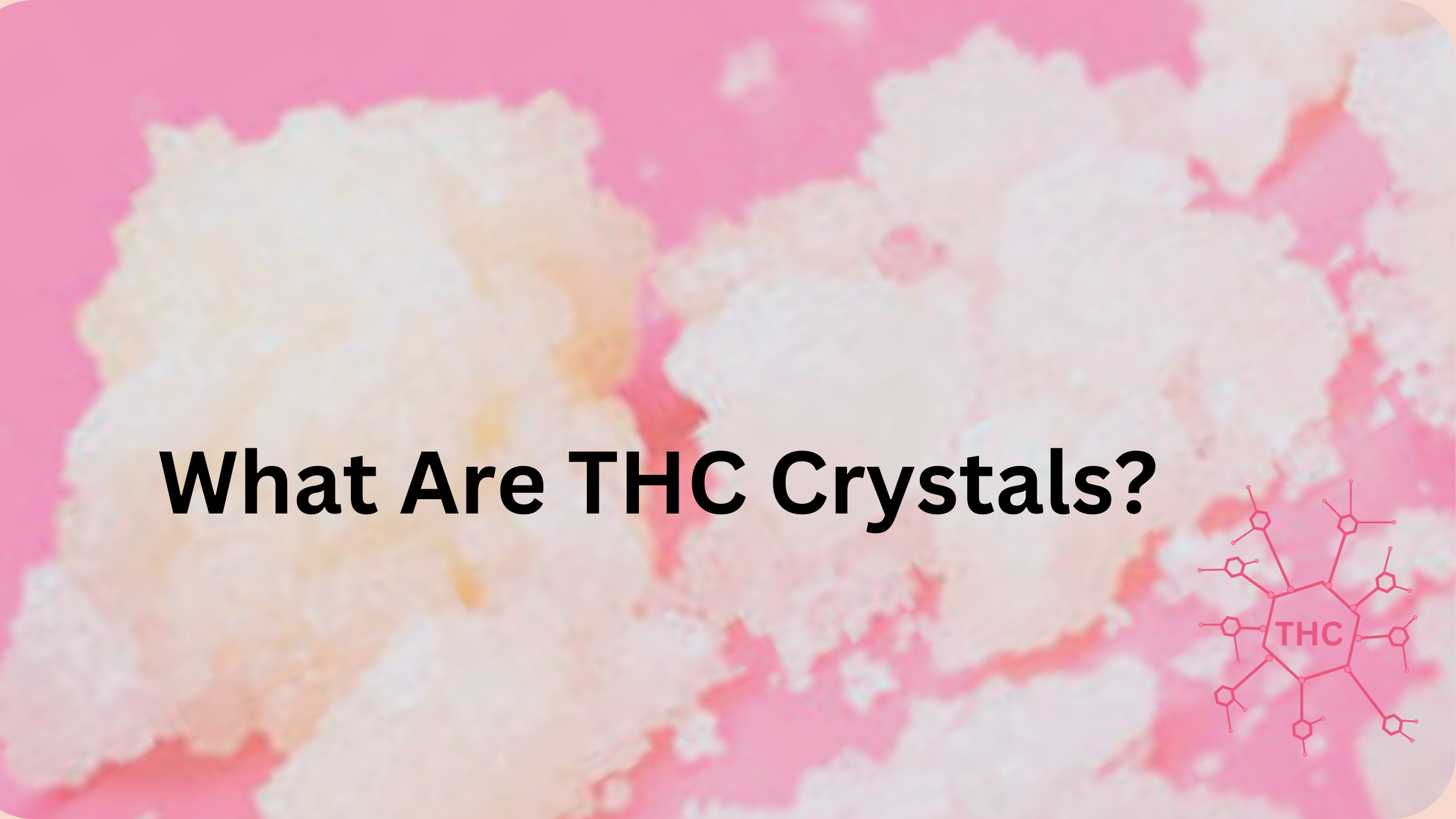Table of Contents
About
Cancer is a group of diseases characterized by the abnormal growth and spread of cells in the body. There are many different types of cancer, but all cancers begin with abnormal cells that divide and grow uncontrollably, forming tumors or invading nearby tissues and organs.
Malignant Tumors can occur in any part of the body and can spread to other parts through the bloodstream or lymphatic system. It is caused by a combination of genetic and environmental factors, such as smoking, exposure to radiation or certain chemicals, and poor lifestyle choices.
Symptoms of this disease can vary depending on the type and location of the tumor. Still, they may include unexplained weight loss, fatigue, pain, changes in bowel or bladder habits, persistent coughing or hoarseness, and unusual bleeding or discharge.
Treatment for the disease may include surgery, radiation therapy, chemotherapy, immunotherapy, targeted therapy, or a combination of these treatments. The choice of treatment depends on the type and stage of the malignant tumor, as well as the patient’s overall health and other individual factors.
Early detection and treatment are important in improving outcomes for people with the disease. Regular cancer screenings and maintaining a healthy lifestyle can help reduce the risk of developing tumor.
What are the causes and symptoms of Cancer?
Causes
The disease is caused by a combination of genetic and environmental factors. Some of the common causes or risk factors for cancer include:
- Age: The risk of cancer increases as a person gets older.
- Genetics: Some cancers run in families and are caused by inherited genetic mutations.
- Lifestyle factors: Certain lifestyle choices such as smoking, excessive alcohol consumption, lack of physical activity, and poor diet can increase the risk of developing cancer.
- Exposure to carcinogens: Exposure to certain chemicals, toxins, and radiation can increase the risk of malignant tumor.
- Weakened immune system: People with weakened immune systems due to HIV/AIDS, organ transplants, or other medical conditions are at a higher risk of developing certain types of disease
Symptoms
The symptoms of the disease vary depending on the type of cancer and the stage of the disease. However, some common symptoms of cancer include:
- Fatigue and weakness
- Unexplained weight loss
- Pain in a specific area of the body
- Changes in the skin, such as yellowing or darkening
- Changes in bowel or bladder habits
- Difficulty swallowing or persistent indigestion
- Persistent cough or hoarseness
- Unusual bleeding or discharge
It’s important to note that some types of cancer may not have any symptoms in the early stages, which is why regular cancer screenings are important for early detection and treatment. If you experience any of these symptoms or have concerns about your risk for cancer, it’s important to talk to your healthcare provider.
What are the consequences of Cancer?
The disease can have a range of consequences, both physical and emotional, for the person who is diagnosed with it. Some of the consequences of cancer may include:
- Physical symptoms: Depending on the type and stage of cancer, a person may experience a range of physical symptoms, such as fatigue, pain, loss of appetite, nausea, vomiting, hair loss, and difficulty sleeping.
- Treatment side effects: The treatments for the disease, such as chemotherapy, radiation therapy, and surgery, can also have a range of side effects, including nausea, hair loss, fatigue, and increased risk of infection.
- Emotional distress: A cancer diagnosis can be emotionally challenging, and many people experience anxiety, depression, fear, and other emotional symptoms as a result.
- Financial burden: The cost of treatment can be high, and many people experience financial stress as a result.
- Changes in relationships: The disease can also affect relationships with family and friends, and many people report feeling isolated or disconnected from their loved ones.
- Impact on quality of life: The disease can have a significant impact on a person’s quality of life, including their ability to work, participate in activities they enjoy, and maintain their overall health and well-being.
It’s important to note that every person’s experience with this disease is unique, and the consequences of the malignant tumor can vary depending on individual circumstances. However, there are resources and support available to help people manage the physical, emotional, and financial challenges of cancer.

How can marijuana help?
Marijuana, or more specifically, the cannabinoids found in marijuana, have shown promise in the treatment of malignant tumor. However, more research is needed to fully understand the potential benefits and risks of using marijuana as a cancer treatment.
Some of the ways in which marijuana may help to treat cancer include:
- Pain relief: Marijuana has been shown to have pain-relieving properties, which can be beneficial for people with malignant tumor who may experience pain as a result of their disease or treatment.
- Nausea and vomiting: Marijuana has also been shown to be effective in reducing nausea and vomiting associated with chemotherapy.
- Appetite stimulation: Marijuana may help to stimulate appetite in people with this chronic disease who experience a loss of appetite as a result of their disease or treatment.
- Anti-tumor effects: There is some evidence to suggest that cannabinoids may have anti-tumor effects, meaning they may be able to slow the growth and spread of tumor cells.
- Anti-inflammatory effects: Some cannabinoids also have anti-inflammatory properties, which could be beneficial in the treatment of certain types of malignant tumor.
It’s important to note that while marijuana may show promise in the treatment of this chronic disease, it is not a cure and should not be used as a replacement for conventional cancer treatments. Anyone considering using marijuana for the treatment of the above discussed disease should talk to their healthcare provider to determine the best course of treatment.
Epilogue
In conclusion, while marijuana and its cannabinoids have shown promise in the treatment of the disease, more research is needed to fully understand their potential benefits and risks. Marijuana may help manage symptoms such as pain, nausea, and loss of appetite, which are common in the patients suffering from such a chronic disease. Additionally, there is some evidence to suggest that certain cannabinoids may have anti-tumor and anti-inflammatory effects.
However, it’s important to note that marijuana should not be used as a replacement for conventional cancer treatments. Anyone considering using marijuana for the treatment should talk to their healthcare provider to determine the best course of treatment. Additionally, it’s important to be aware of the potential risks associated with marijuana use, such as impaired coordination and cognitive function, and to use marijuana only under the guidance of a healthcare professional.




Leave a Reply